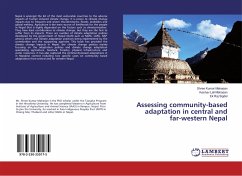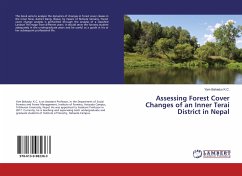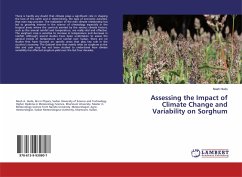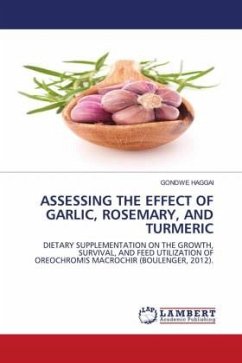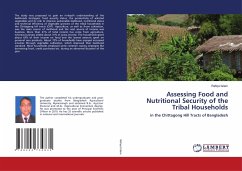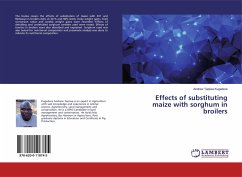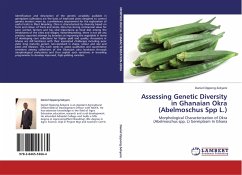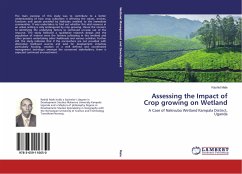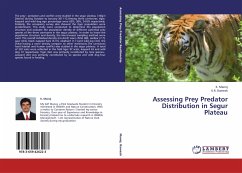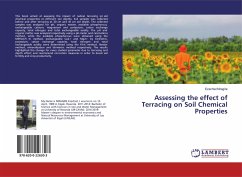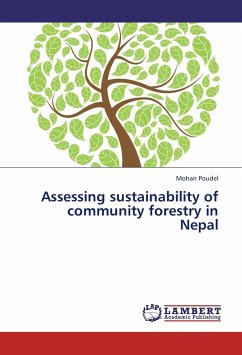
Assessing sustainability of community forestry in Nepal
Versandkostenfrei!
Versandfertig in 6-10 Tagen
32,99 €
inkl. MwSt.

PAYBACK Punkte
16 °P sammeln!
Community Forestry has been increasingly recognized as a promising approach to achieve sustainable management of forest and improve livelihood mostly in rural areas of developing countries. Nepal also has incorporated Community Forestry (CF) as a main approach to manage the country s forest since 1988. It is widely believed that CF shows promising results in ecological, economic and social fronts and is leading towards sustainability. However, results are varied all over the country leading to several doubts and debates regarding the sustainability of existing CF approach in some parts of the ...
Community Forestry has been increasingly recognized as a promising approach to achieve sustainable management of forest and improve livelihood mostly in rural areas of developing countries. Nepal also has incorporated Community Forestry (CF) as a main approach to manage the country s forest since 1988. It is widely believed that CF shows promising results in ecological, economic and social fronts and is leading towards sustainability. However, results are varied all over the country leading to several doubts and debates regarding the sustainability of existing CF approach in some parts of the country. This research aimed to assess sustainability of CF in Siwalik range (very fragile series of several ridges starting from lowland Terai). The area is characterized by very high incidence of poverty, overuse of firewood and timber smuggling as an alternative source of income. Criteria and Indicators (C&I) were used for the assessment. C&I promise to be useful tools for assessing, monitoring and evaluating progress towards sustainable forest management. Regarding local condition, relevant C&I from several literature sources were modified and new ones were generated using multi criteria



